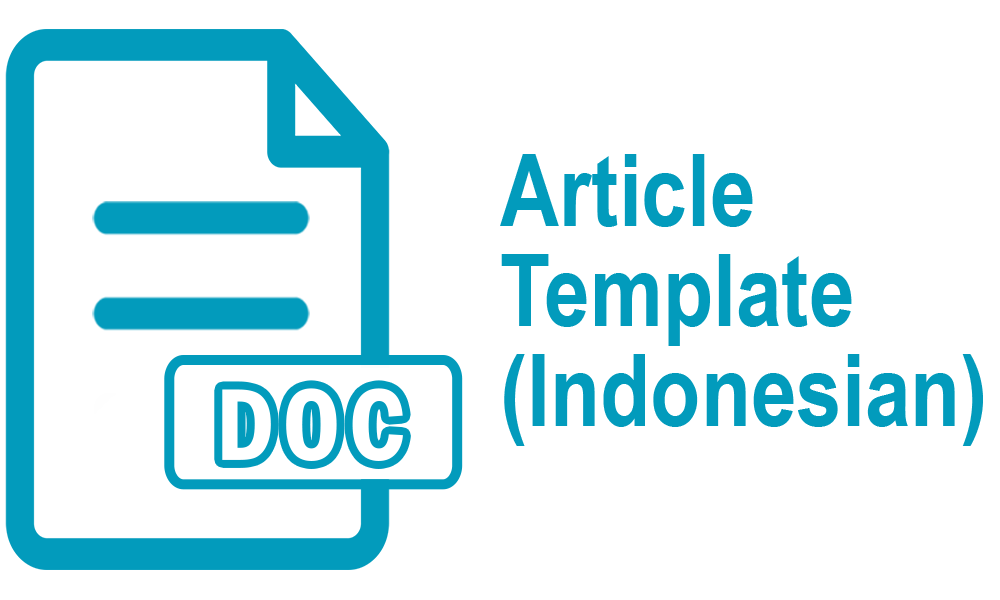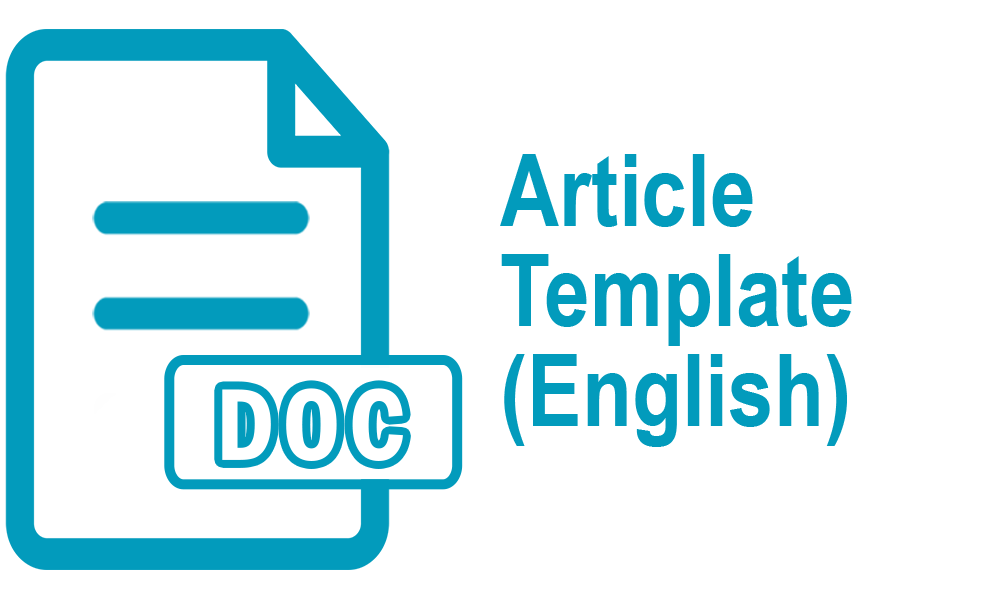Discrimination toward the Monster Character in Mary Shelley's Frankenstein Novel
Abstract
Keywords
Full Text:
PDFReferences
Allport, Gordon W. The Nature of Prejudice: Harvard University: Addison-Wesley Publishing Company, 1954.
Bal, Mieke. Introduction to the Theory of Narrative: 4th Ed. University of Toronto Press, 2007.
Baumeister, Roy F and Finkel, Eli J. Advanced Social Psychology: The State of The Science. Oxford University Press, 2010.
Cochran, Michael., and Quinn Patton, Michael. A Guide to Using Qualitative Research Methodology: Medecins Sans Frontieres, 2002.
Giovannoli, Richard, M.A. The Narrative Method of Inquiry: Second candidacy essay. 2000.
Griffith, Kelly. Writing Essay about Literature: A Guide and Style Sheet. 8th Ed. USA: Cengage Learning, 2011.
Habib, Rafey. Modern Literary Criticism and Theory: United States: Blackwell publishing, 2005.
Khaitan, Tarunabh. A Theory of Discrimination Law: United Kingdom: Oxford University Press, 2015.
Kothari, C.R. Research Methodology Methods and Techniques: 2 Ed. New Delhi: New age International Publisher, 2004
Lipper-Rasmussen, Kaspert. The Routledge Handbook of the Ethnic of Discrimination: Routledge Handbook, 2018.
Miles, Robert and Brown, Malcolm editors. Racism: 2th Ed. New York: Routledge Taylor & Francis Group, 2003.
Penner, Louis A et al. The Social Psychology of Discrimination: Theory, Measurement and Consequences: An article. University of Oxford, 2010.
Racial Discimination Book Know Your Right. Australian Human Rights Comminson, 2014.
Rimmon-Kenan, Shlomith, editors. Narrative Fiction: 2th Ed., New York: Routledge Taylor & Francis Group, 2005.
Schaefer, Richard T, editors. Encyclopedia of Race, Ethnicity, and Society: Ed., London, Unitied Kingdom: Sage Publications, 2008.
Shelley, Mary Wollstonecraft. Frankenstein: United Stated America: Icon Classics, 2005.
Vicker, Lucy. Religious, Freedom, Religious Discrimination and The Workplace: USA: Hart Publishing, 2008.
Wilkinson, David and Birmingham, Peter. Using Research Instruments: A Guide for Researchers: Lodon and New York: RoutledgeFalmer Taylor and Francis Group, 2003.
Wolfreys, Julian. Critical Keywords in Literary and Cultural Theory: New York. Palgrave Macmillan, 2004.
DOI: http://dx.doi.org/10.30872/jbssb.v8i4.7265
Refbacks
- There are currently no refbacks.
Copyright (c) 2024 Aprilian Kurnia Putra
Editorial address:
Fakultas Ilmu Budaya, Universitas Mulawarman
Jl. Ki Hajar Dewantara, Gunung Kelua, Kec. Samarinda Ulu, Kota Samarinda, Kalimantan Timur, Indonesia 75123
Email: jurnalilmubudaya.fibunmul@gmail.com
Website: http://e-journals.unmul.ac.id/index.php/JBSSB
Ilmu Budaya: Jurnal Bahasa, Sastra, Seni, dan Budaya is licensed under a Creative Commons Attribution-ShareAlike 4.0 International License






